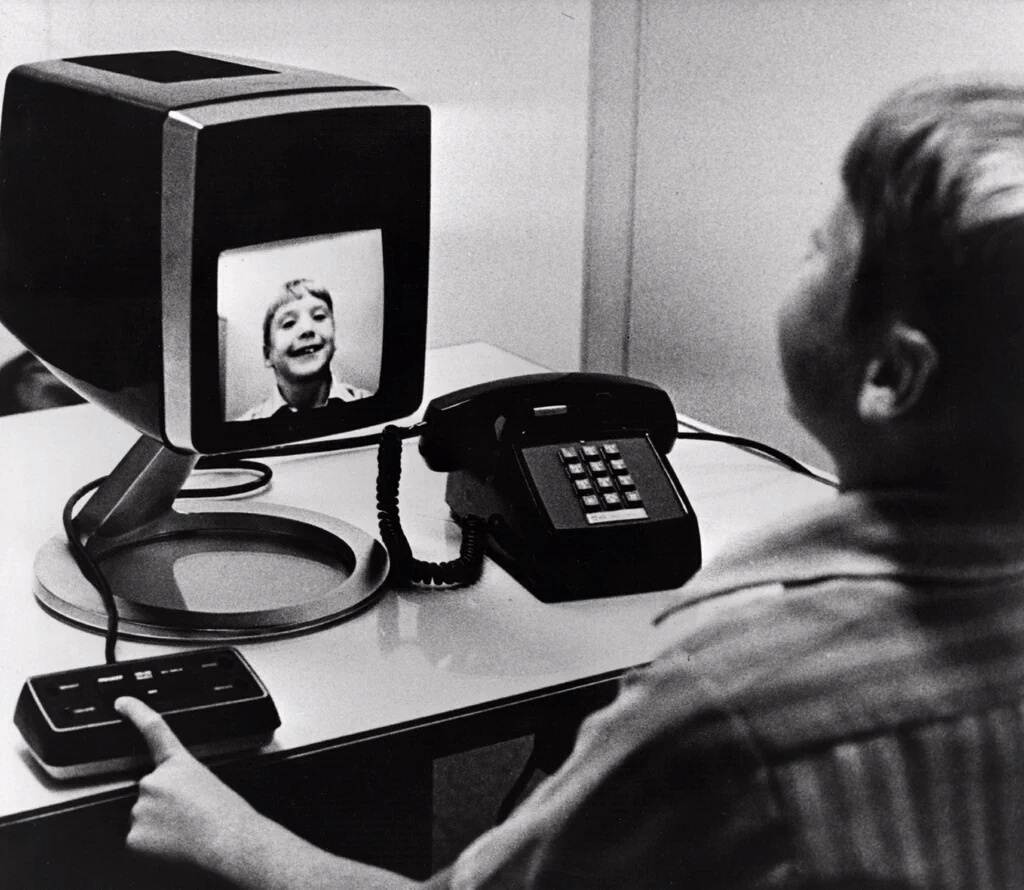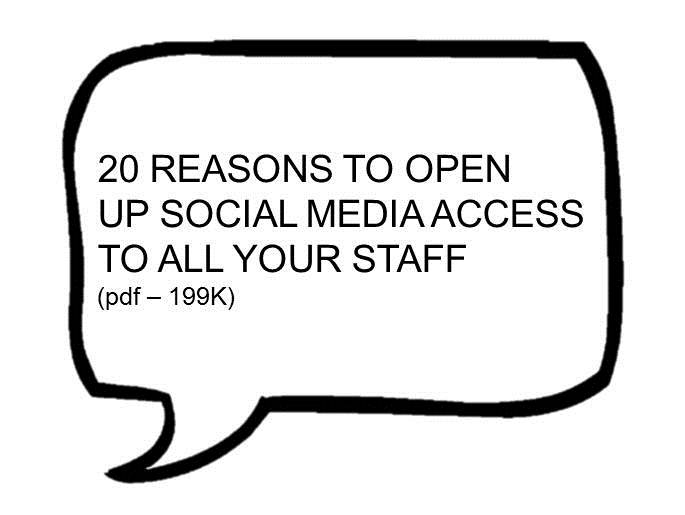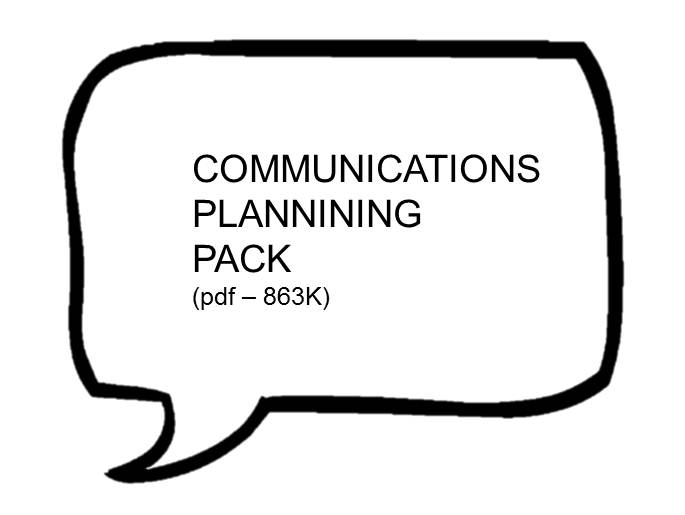 Friday, February 12, 2016
Friday, February 12, 2016 video is not the future, it's the now
 A session at LGComms prompted a quick review of where video is for comms and PR people.
A session at LGComms prompted a quick review of where video is for comms and PR people.
by Dan Slee
I’m speaking at LGComms later today so thought I’d just quickly round-up some links and resources on video and its role in communications.
The title I was given for the session 'video: it's the future' made me think. It's actually already here.
It’s been clear for some time that video has been getting more important.
These aren’t bold predictions from industry analysts that may or may not come off. They’re the here and now.
The four reasons for video’s rise
What has convinced me is first anecdotal data of travelling on buses and trains watching people with their mobile phones. Where once they read newspapers now they are on their phones swiping through emails, websites and social media. People’s smartphones have got more powerful. They can watch and shoot their own video. Behemoths like Facebook and Twitter fall over themselves to make video more accessible in your timeline. Besides, we are inherently lazy. We are drawn to images.
The data makes the case
All that is true and where it is confirmed is the data. Ofcom say that 66 per cent of UK adults have a smartphone and almost half are happy to watch short form video. That’s footage less than five minutes. TV is still here. So is TV news. But in the battle for your attention it is getting out-gunned by the clip of a new-born panda. No wonder BBC journalists are being taught how to make more short-form content.
People want to learn
It’s been an amazing experience co-delivering video skills for comms workshops with Steven Davies. People do want to learn and with a few basics they are off making good use of video. The barrier? Often it is the tech and time. An android or an apple device will cut it. A blackberry won’t. As you practice more the quicker you get at thinking through, creating, editing and delivering video.
But where does video go?
Convention has it that YouTube is the only show in town. That’s not the case anymore. Facebook at the moment is rewarding you for uploading video to a page by showing it to more people. Twitter joined Facebook in autoplaying video as you scroll through your timeline. It’s made it easier to post video from your phone. But the idea of making one video and posting it everywhere is dangerous. The optimum time for a Facebook video is 22 seconds and on YouTube far longer. Vine is six seconds and Instagram not much more than 10 seconds. What counts as a view is opaque. On Facebook it is three seconds and YouTube 30 seconds.
The what is next?
We’re moving as fast as the tech is moving. A few years ago watching video on your phone would have been unimaginable. Today? It’s common. Two important steps are realtime and what can be grouped together as virtual reality.
Realtime is the posting video as live. Your smartphone becomes an outside broadcasting truck and as the super-portable clip onto yourself GoPro cameras are now integrated with livestreaming Twitter app Periscope the climber livestreaming his ascent up the north face of the Eiger is now possible. Even without that video shot on a phone and posted straight away can show an Environment Agency officer talking about the Morpeth dam in floods:
Area Manager Marie Fallon has been in #Morpeth today - here she talks about the dam operating overnight last night pic.twitter.com/Z4dym0CLH5
— Env Agency Yorks&NE (@EnvAgencyYNE) January 6, 2016
Virtual reality is something I’ve blogged about before. It’s watching footage that sees you standing in the scene and allows you to look down and around. New York Times are pioneering new ways of storytelling.
Facebook’s 360 video allows you to watch footage on your smartphone and move it around to see a different perspective. Footage of US fighter pilots taking off show this. YouTube has also allowed a 360 video and Flickr has done something similar.
But the tech
A few years ago virtual reality could be said to be a niche. Now a Google cardboard headset costs a tenner and allows a more immersive experience. But you can watch just with your tablet or smartphone. It’s not strictly the same experience but you get a flavour.
Two helpful things
We’ve created an ever-updated resource for video and comms. You can see it here.
We also co-deliver workshops for comms people with University lecturer Steven Davies who has worked as a cameraman with BBC and as a filmmaker across the public sector.
 video
video 















Reader Comments